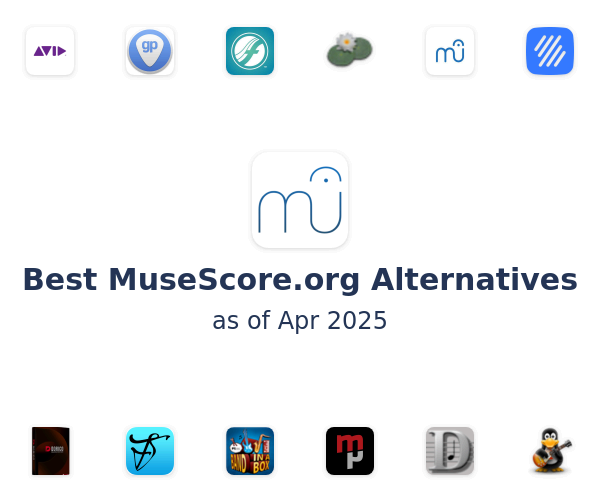

The iOS version introduced some great features, including the ability to carry out real-time collaboration with the free StaffPad Reader app. The team behind StaffPad isn’t finished perfecting the app, either. In all honesty, my productivity - and inspiration - has jumped by a huge percentage.” But with StaffPad, I’m literally free to roam, and I can get an idea down straight to the app without distraction. “For years, I wrote directly into Logic Pro, but I always found composing a full-scale score more time-consuming than it should have been - partly psychological, I guess, and mostly due to noodling too long with all the fancy sounds available.
#Staffpad vs sibelius professional#
“Technologically, StaffPad is a really nifty tool, but the best thing for me is how it has unclogged a bottleneck in the creative process,” Paul Shapiro, a professional media editor working in film, publishing and music, told Cult of Mac. However, the $89 app is already carving out an army of fans.

StaffPad may still be relatively new as a music tool. Photo: David William Hearn Inspired by Apple’s design principles The team chose Windows because, at the time, it offered digital pen support that Apple didn’t.
#Staffpad vs sibelius windows 8#
The first version of StaffPad launched on Windows 8 in March 2015. Even so, it took five years to complete the task. They “worked like crazy” to get StaffPad built, Hearn said. He pulled together a team split between Europe and the United States. as a company, and I started looking for more hands to help us out.” “It came at somewhat of a cost - both financially and personally - but I couldn’t see any other way to do it. “I was in overdrive working on as many music projects as I could in order to fund the project,” Hearn said. Photo: David William Hearn/Matthew Tesch The team worked like crazy to get StaffPad made David William Hearn, left, and Matthew Tesch are the co-creators of StaffPad. Now they just had to turn it into a polished app. Compare Overture VS StaffPad and find out whats different, what people are saying, and what are their alternatives. Perhaps Sibelius is a little easier out of the box at the expense of flexibility, while Finale allows. He built a prototype in Java and sent it to Hearn in the United Kingdom. Professional results are possible with both programs. Tesch, who is based in Pittsburgh, Pennsylvania, agreed to help.


 0 kommentar(er)
0 kommentar(er)
